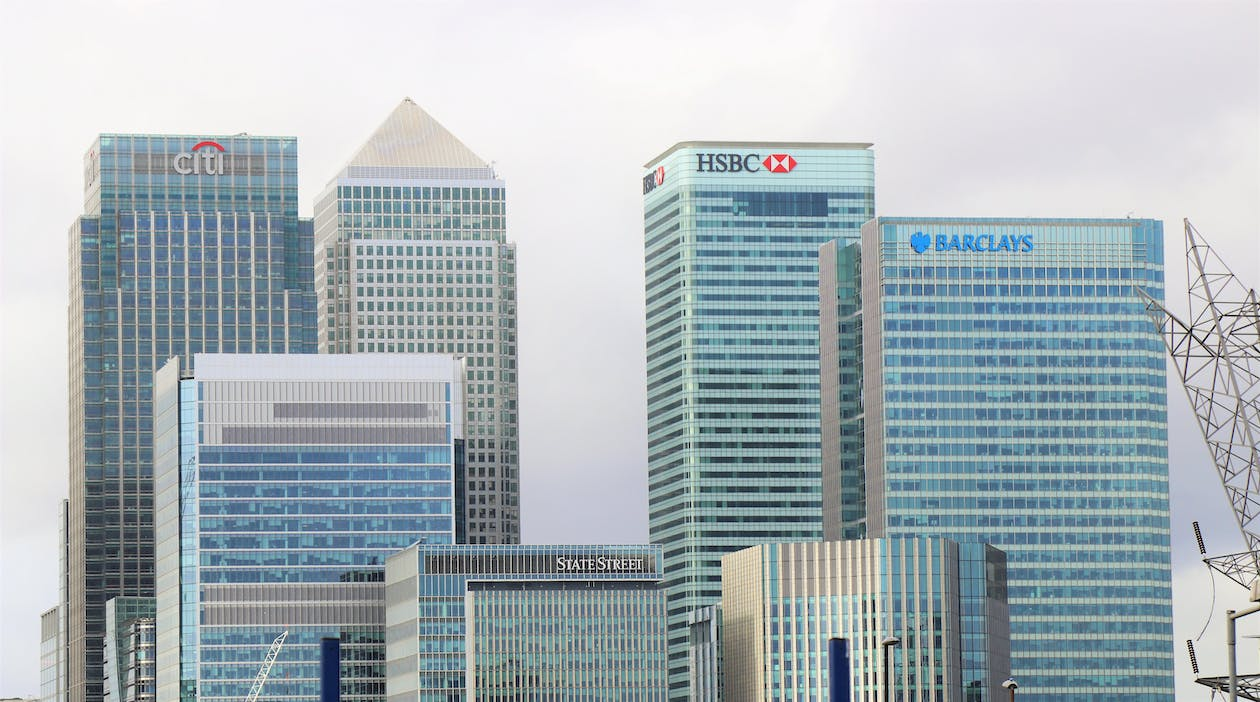In just 72 hours, a long-time backer and banker of tech startups, Silicon Valley Bank (SVB), has been taken over by FIDC as it could no longer operate after one of the biggest bank runs in history occurred with more than $42 billion withdrawn within 24 hours. It is rare among traditional banks, but it is akin to the fall of FTX, one of the biggest cryptocurrency exchanges during its peak. There were a few prerequisites as to what would trigger the bank run, as it was an industry that was considered unsinkable.
EASY MONEY, FREE MONEY
In 2020, the COVID pandemic has prompted the US government to issue multiple stimulus checks and the Federal Reserve to cut interest rates to near zero to resuscitate the dying economy. Stores are closed everywhere, and workplaces are forced to migrate to everyone's homes, where tech companies soar to provide the necessary access. This is a perfect environment for tech startups to present their creative ideas and for venture capitalists (VCs) to fund those ideas, albeit some of which are not sustainable long-term. As most tech startups are based in the innovation capital of Silicon Valley, the way to go is to bank with SVB, where they treat them above and beyond.
SVB INVESTMENTS
Funding from VCs to startups is rampant, and SVB managed more than $198 billion worth of deposits at its peak from multitudes of startups in which they had to invest. Banks thrive by giving out loans, and SVB has almost nowhere to loan their cash as VCs are already giving out funding for potential investments. So their plan was to buy long-term Treasury bonds and mortgage-backed securities, paying out 1-2% interest. As interest rates rise, those bonds lose a significant amount of their value, and SVB had to sell them at a loss, resulting in a total loss of $1.8 billion from its investment.
SECOND "DOTCOM" CRASH
In the fourth quarter of 2022, the tech stock market experienced a significant crash. As a result, four of the largest tech companies, Apple, Microsoft, Amazon, and Alphabet, saw a combined loss of $1.6 trillion in market value throughout the year. The loss spread throughout the entire industry, affecting tech startups supported by venture capitalists as well as SVB's primary clientele. The crash not only demotivated investment in new startups but also largely affected existing startups' ability to maintain their operations, which usually depended on years of funding rounds before becoming profitable.
THE DOMINO
The fall of Silvergate, the bank run, the bond sales, the collapse The dominoes fell one by one, and now we have seen the collapse of SVB, Signature Bank, and most recently Credit Suisse. The former three banks are arguably regional and specialty cases because of their exposure to only a specific slice of the market, which is commonly known to be volatile. But Credit Suisse is a big bank with more than $575 billion in assets. The Swiss market may or may not be affected by the collapse of US regional banks, but there is clearly a lack of confidence and fear stirring in the financial market.
CONCLUSION
The collapse of Silicon Valley Bank is a significant event in the financial world, and it underscores the inherent risks associated with investing in startups and volatile markets. SVB's investment strategy of buying long-term Treasury bonds and mortgage-backed securities backfired when interest rates rose, resulting in a loss of confidence and business. The collapse of SVB is a stark reminder of the need for caution when investing, even in seemingly robust industries.















